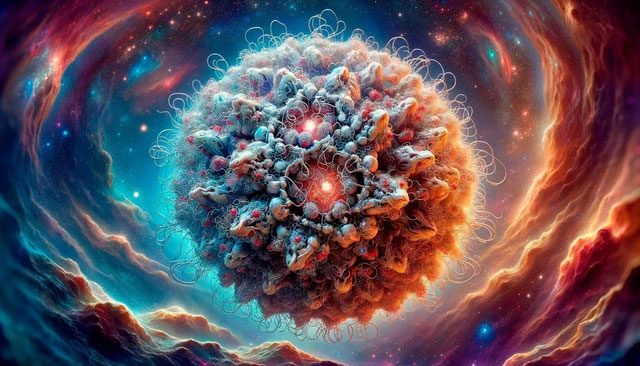According to SciTech Daily, a team of scientists from the Gene Regulation Center (Spain) and the Wellcome Sanger Institute (UK) have comprehensively identified the “vulnerable spots” found in KRAS protein, paving the way for the development of new cancer treatments.

KRAS is a key target in cancer treatment – (Photo: SCITECH DAILY).
The article published in the scientific journal Nature states that KRAS is a major target in cancer treatment because it is one of the most frequently mutated genes in various types of cancer.
It is found in 10% of cancers in humans, being more common in the deadliest types of cancer such as pancreatic or lung cancer. It is referred to as the “starved protein” due to its unusual shape and lack of suitable binding sites for drugs.
Thus, when identified in 1982, KRAS has always been considered “undruggable.”
The key to controlling KRAS is managing the allosteric sites on it. These regulatory sites can induce changes when binding with other agents. However, there is a significant challenge: these sites are difficult to capture, leaving scientists “disoriented” in drug development.
These challenging sites are exactly what the Spanish-British team of scientists has successfully mapped, breaking through the final barrier.
To achieve this, they employed a technique called “deep mutational scanning,” generating over 26,000 variants of the KRAS protein, changing only 1-2 amino acids at a time.
Through a complex screening and cross-referencing process utilizing artificial intelligence (AI), the “strategic” sites have been identified.
“The big challenge in medicine is not knowing which proteins are pathogenic and not knowing how to control them. Our research demonstrates a new strategy targeting these proteins and accelerating the development of drugs to control their activity,” said Professor Ben Lehner, the lead author.




















































